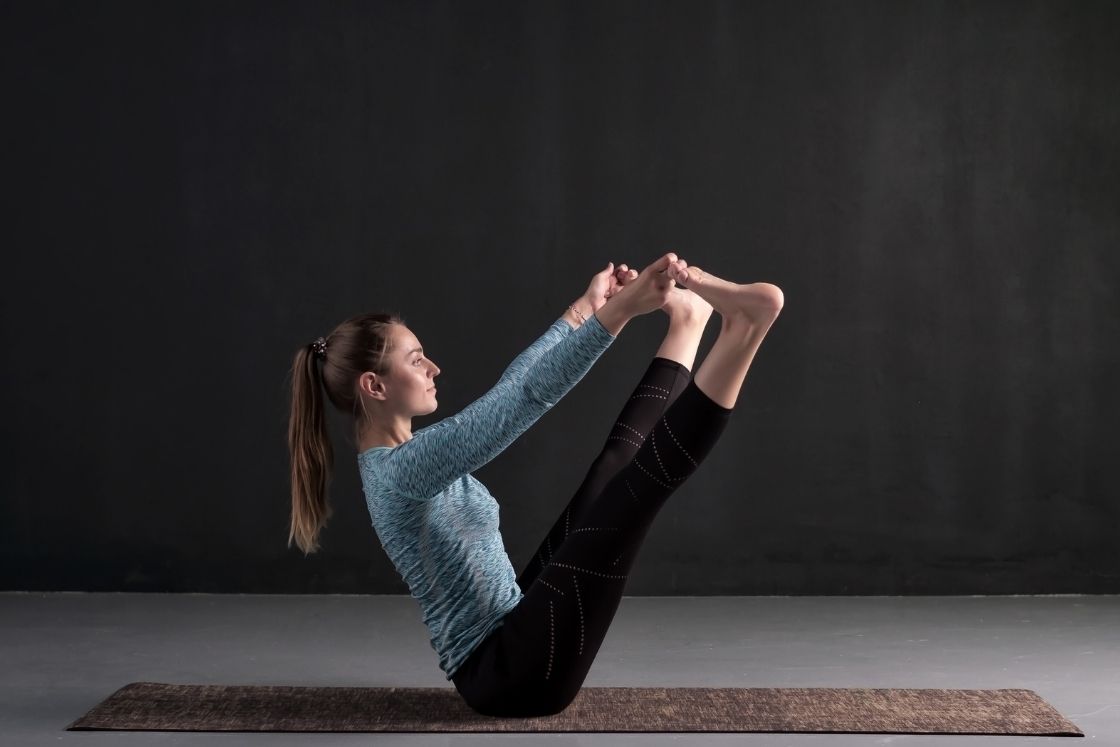How to Keep Your Kids Safe During a Heat Wave
I was feeling a bit smug a week ago, comfortably nestled up in my corner of the Pacific Northwest while the rest of you sizzled. But now the heat has come for me, too, and I find myself hiding...


Photo: Cheryl Casey (Shutterstock)
I was feeling a bit smug a week ago, comfortably nestled up in my corner of the Pacific Northwest while the rest of you sizzled. But now the heat has come for me, too, and I find myself hiding next to the AC vent, hoping my kids don’t come back from camp with sunburns and heat rash. I figure it’s time we all take a few minutes to make sure we know how to keep our kids safe in extreme heat—because they are more susceptible to it than we are.
Why you need to be extra cautious with kids in extreme heat
The Centers for Disease Control and Prevention lists infants and children as among the populations that are “disproportionately affected by extreme heat,” along with the elderly and pregnant people. The reason kids are more susceptible to heat than adults is because, according to the Environmental Protection Agency, kids have a “smaller body mass to surface area ratio than adults, making them more vulnerable to heat-related morbidity and mortality.”
Kids also play outside more than adults and don’t necessarily know their limits like we lazy grown-ups do. If you’ve ever had a kid pee their pants because they can’t be bothered to stop playing, logic dictates they also won’t stop to drink water, causing them to become dehydrated.
Know the signs of dehydration
It sounds scary and it can be, but knowing the signs of dehydration can help you keep your kid safe. Those signs are:
Less interest in physical activityIrritability Dry mouth or cracked lipsNo tears when cryingDark urineWater is always a good option for dehydration, but for severe dehydration, while the CDC says to avoid sugary drinks, a sports drink might help your child replace salt or minerals. You can also go for something like Pedialyte or similar, especially if they prefer it to plain water.
G/O Media may get a commission

16% off
2 Million Dollar Puzzle
Win a million dollars
The 2 Million Dollar Puzzles are 500 piece jigsaws that reveal a QR code at the end of them. You can then scan these codes to reveal how much money you’ve won.
Prepare for the heat ahead of time
My son is old enough to know it’s called “sunscreen,” but still insists on calling it “sun scream” because he hates it so much. However, do apply and reapply to prevent burns and dehydration (here’s how often, and here are some tricks to lotioning them up without a battle). Dress your child in loose, light-colored clothing in breathable fabrics like cotton. They may or may not want a hat to keep the sun off their faces. Note that hats trap in heat, and the EPA doesn’t recommend them for infants except to avoid sunburn.
Schedule outdoor activities with the weather in mind. Some people can tolerate sun exposure better than others. My kids and I wilt pretty quickly and need to plan indoor breaks, preferably with fans and air conditioning. We have movie afternoons after camp during heatwaves, and I buy special crafts ahead of big stretches of hot weather when I know we won’t want to play outside much.
My kids’ camps and daycares sometimes have the kids go outside first thing in the morning, then they have some water play that gets the kids’ hair wet. Then the kids come inside with wet hair which helps keep them cool when the temps get higher later in the day. They often repeat in the afternoon. Making it a game to get wet and stand in front of a fan helps kids forget they’re moist, warm, and uncomfortable.
Watch for heat-induced illnesses
There are several heat-induced maladies your kids might be susceptible to if they spend time in the sun. Obviously, do what you can to prevent sunburns, but also look out for heat rash, which looks like red, prickly, raised skin, often under sweaty clothes. The same symptoms could be an allergy or even, specifically, a sun allergy, though, so make sure you’ve ruled out allergic reactions, especially if you’re using new sunscreen on your child.
The difference between heat stroke and heat exhaustion is important to differentiate. Look at this chart from the CDC for the full list of symptoms in heat-related illnesses, but kids with heat stroke and heat exhaustion might have the following similar symptoms:
DizzinessFainting/loss of consciousness Fast pulseHeadacheNauseaThe main way to tell the difference is that people with heat exhaustion sweat profusely while people with heat stroke have dry, hot, or damp skin and are running a fever. If you suspect heat stroke, you should call 911. For heat exhaustion, you need to get medical help if your child is throwing up, gets worse, or doesn’t get better after resting in a cool place for an hour.
For both suspected heat exhaustion and heat stroke:
Move the child to a shady, cool place or indoors.Try to help lower their body temperature with cool cloths or a bath.However, if you suspect heat stroke, do not give your child anything to drink. Call 911 and await further instructions.
Cars
I have to remind you that leaving a child in a hot car for any amount of time can be fatal. Cars can get extremely hot on the inside even when it’s tolerably warm outside. Never leave your child alone in a car, and come up with ways to help you remember to always check the backseat—especially when you’re out of your regular routine and may forget they are with you.

 MikeTyes
MikeTyes 























.jpg&h=630&w=1200&q=100&v=f776164e2b&c=1)







